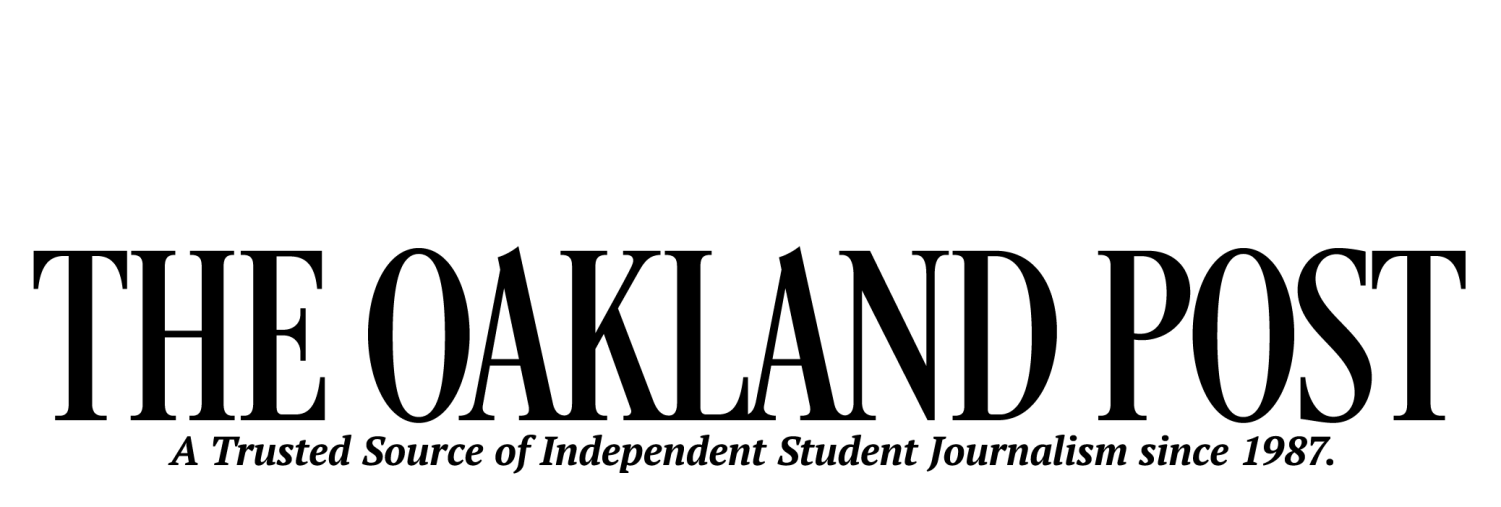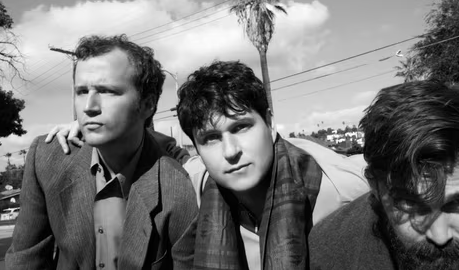Letter to the editor: Consider the medical physics program
Consider the medical physics program
Oakland University has many students working towards a career in medicine. Those of us in the medical physics program would like you to consider the opportunities that our program provides.
A team of health professionals can benefit from physics courses
Nurses are essential to medicine. The pandemic has revealed just how essential and undervalued their contributions are. Nursing students learn valuable clinical skills like taking blood pressure readings and recording an EKG. In our Physics in Medicine course, students learn that electrodes measure a voltage between two points, how voltage is related to the flow of charge through heart tissue, and circuit laws to help place the bipolar electrodes in their proper location. Additionally, our course can help nursing students learn the physics of a heart attack.
Physician Assistants (PA) work in primary care and family medicine, working every day to keep our families healthy. We are pleased to see that Oakland University now has a Physician Assistant program! Our pre-Physician Assistant students would find our Biological Physics course invaluable. Students learn about topics ranging from biomechanics to kidney function, and the basic physics of physiology. Your patients will at first be grateful for the care that you provide, and then will likely want to know why something went wrong in the first place. Physics will help you explain this to them.
Physical Therapy (PT) students will also benefit from our Biological Physics course. There, they will learn how to calculate the forces on joints and tendons, how orthotics and canes can displace stresses, and the mechanics of movement. In addition, students in the graduate certificate in Oncology Rehabilitation program would benefit from Special Topics: Cancer, learning the science behind cancer treatments like radiation therapy, chemotherapy, and surgery. Your patients will, unfortunately, be all too familiar with these treatments and our course can help you answer their questions.
Radiation Technology (RT) students learn how to image using MRI, x-ray, CT, and ultrasound, as well as the principles of radiation safety. In our Medical Physics course, you can learn how radiation is detected, and how that signal is filtered and processed to produce an image. You will find, as you work at a hospital, that you work with medical physicists who supervise, procure, and calibrate the imaging equipment, and are part of the management team. You may even find that a career in medical physics offers you a chance at continued advancement in the hospital.
Premedical, pre-optometry, and pre-dental students are planning to pursue professional programs after graduation. Recent statistics suggest that little more than a third (about 36%) of applicants are admitted to a D.O. or M.D. program. It is prudent to consider an alternate career path, one that keeps you in the field of medicine. Many of your peers will have degrees in biology or biochemistry, excellent 4.0 GPAs, and numerous other credentials that make them very competitive in the job market. But they are not prepared for a career in medical physics. Such a program requires more math, courses in electromagnetism, mechanics, and nuclear science. If you like medicine and are good at math you could have a career in medical physics as a great option that the majority of premeds rarely consider.
A medical physics career
Each semester we take the opportunity to mention to our students the pathway to becoming a medical physicist. It begins with a strong program in math and physics at the undergraduate level. At the very least, a minor in physics would be essential preparation for graduate study. In graduate school students will typically earn a doctoral degree and engage in research projects focused on imaging, cancer therapy, cardiology, or some field of medicine that interests them. If the graduate program is CAMPEP approved, students will move on to a two-year, hospital-based residency program overseen by the American Board of Radiology. This is the start of your clinical profession, working with the medical team and planning treatment for patients. Students will go on to pass examinations and obtain board certification. If you are interested in radiology or oncology, this is the career for you.
Research in our program
Our program offers numerous research opportunities:
For the last 28 years at Oakland University as a member of medical physics faculty, Dr. Yang Xia and his students have been studying the degradation of articular cartilage during the development of arthritis. His goal is to determine the critical parameters that can become clinical biomarkers to monitor the healthy status of the tissue. In this way, we can evaluate healthy tissue and detect early lesions. Yes, we can in our labs; but the hospitals cannot, at the present time. Dr. Xia’s research has been supported by several major grants from the National Institutes of Health since 1999. He is currently the Director of the Medical Physics PhD program in our Department. You can find more on the research of Dr. Xia from his website (https://sites.google.com/oakland.edu/xia).
Dr. Michael Chopp, is a Distinguished Professor of Physics at Oakland University and is Vice Chairman for Research in the Department of Neurology, the Scientific Director of the Henry Ford Neuroscience Institute, and the Kovacs Chair in Neuroscience Research at Henry Ford Hospital. His research is primarily focused on neurovascular restorative and protective therapies for cerebrovascular diseases, neural injury, and neurodegenerative diseases, such as vascular dementia, Alzheimer`s disease, diabetes, neuropathy, and multiple sclerosis. His scientific achievements, include pioneering work developing cell-based and biological nanoparticle therapies for treatments of stroke, traumatic brain injury, and peripheral neuropathy. He pioneered the field of restorative neurology in which therapeutic agents are employed to promote remodeling and rewiring of the nervous system post stroke and neural injury. Dr. Chopp also has major research efforts in the field of intercellular communication via biological extracellular vesicles, including exosomes, for the treatment and diagnoses of multiple cancers, e.g. ovarian, glioma, prostate, hepatocellular carcinoma, and pancreatic.
Dr. Evgeniy Khain works on a variety of topics ranging from computational and mathematical modeling of collective cell behavior (cell migration, mechanical effects in tissue growth) to modeling of spread of epidemic on networks. For more details, please check his website
at https://sites.google.com/oakland.edu/khain/
Dr. Alexey Tonyushkin works on developing a new imaging modality: Magnetic Particle Imaging that visualizes magnetic nanoparticles’ tracer inside a body. Compared to other contrast agents frequently utilized in medical imaging modalities, magnetic nanoparticles are non-toxic, non-ionizing, and fully
quantifiable. MPI could address clinical, and research needs for safe diagnostic and therapeutic applications such as cancer screening, cell tracking, drug delivery, and angiography.
Dr. Eugene Surdutovich joined the Department of Physics in January 2008. His research interests lie in the field of proton- and ion-beam therapies, which are becoming more and more accepted treatments for malignant tumors. He is interested in developing a multiscale inclusive approach that would allow a thorough calculation of the efficiency of DNA damage in proton/ion-beam cancer therapy.
Dr. Steffan Puwal is an Adjunct Assistant Professor in the medical physics program and graduate of Oakland University. His primary research includes characterizing heart defibrillation strategies using the tools of chaos theory and numerical modeling. He is active in new course development related to cancer therapy.
Consider the medical physics program
The medical physics degree is offered through the College of Liberal Arts and Sciences. Obtaining a broad, liberal education is important to becoming a well-rounded person, a good citizen, and a knowledgeable member of society. In particular, the medical physics program introduces students to all the sciences: physics and physiology, math and medicine. There is no better way to prepare for a wide ranging technical career.
We hope we have provided you with some insight into how our program can help you find your place in the medical community. We are always open to having discussions with students and their advisors, so please stop by and ask us any questions you may have.









